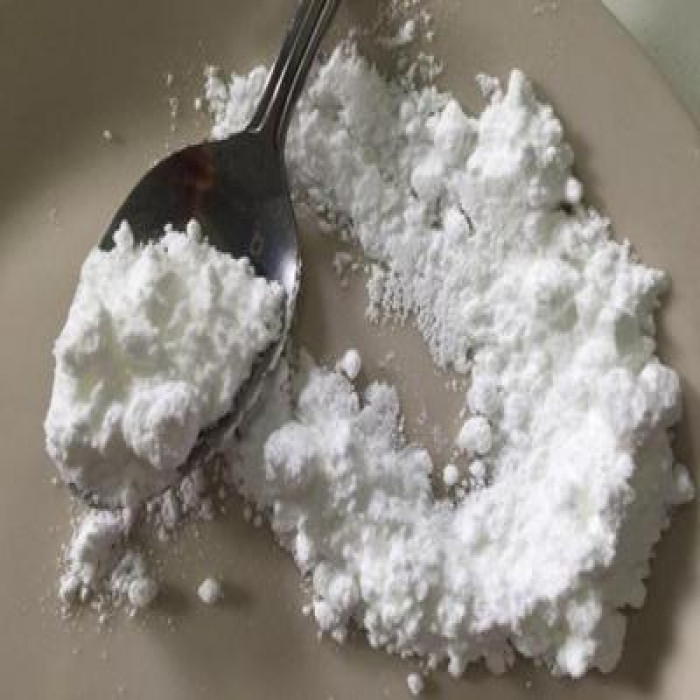
Acetyl Fentanyl Powder: An Overview
Acetyl fentanyl is a synthetic opioid drug that is chemically similar to fentanyl. It is an extremely potent substance that is estimated to be up to five times stronger than fentanyl itself. Like fentanyl, acetyl fentanyl acts on the body's opioid receptors and can cause significant respiratory depression, leading to death in some cases.
Chemical Structure and Physical Characteristics
Acetyl fentanyl has a chemical formula of C22H28N2O and is a white or off-white powder that is typically sold in small quantities. The substance is highly soluble in water and has a slightly bitter taste.
Source of Acetyl Fentanyl
Acetyl fentanyl is not a pharmaceutical product and is not approved for medical use. It is produced in illicit laboratories, often located in foreign countries, and is often sold on the street as a substitute for other opioids, such as fentanyl or heroin.
Medical Uses of Acetyl Fentanyl
There are no approved medical uses for acetyl fentanyl. The drug is not recognized as a safe or effective medication and is not available through legitimate pharmaceutical channels.
Dangers and Risks of Acetyl Fentanyl
The dangers of acetyl fentanyl stem from its potency and its ability to cause rapid and profound respiratory depression. The substance is so potent that even a small dose can be fatal, particularly if it is consumed by injection or inhalation.
In addition to respiratory depression, acetyl fentanyl can also cause a range of other side effects, including nausea, vomiting, dizziness, confusion, and constricted pupils. The drug can also lead to a significant decrease in heart rate and blood pressure, which can be life-threatening.
Acetyl Fentanyl as a Research Chemical
Acetyl fentanyl is sometimes used as a research chemical to study the effects of opioids on the body. In these contexts, it is typically administered in controlled laboratory settings, under the supervision of trained professionals, and in extremely small doses.


